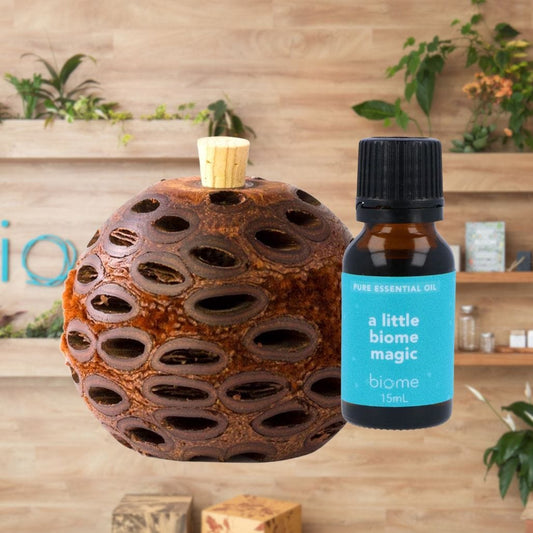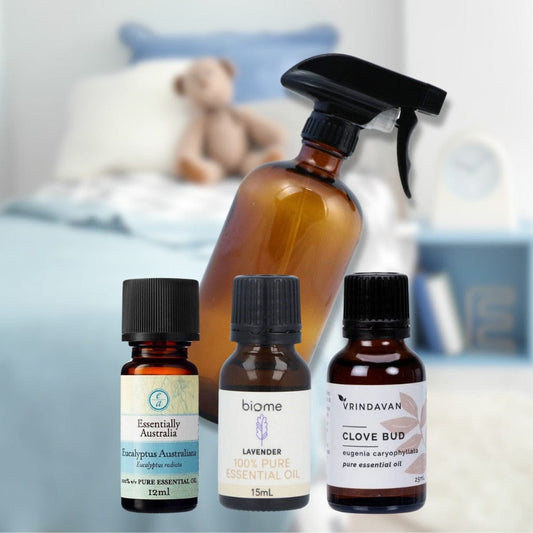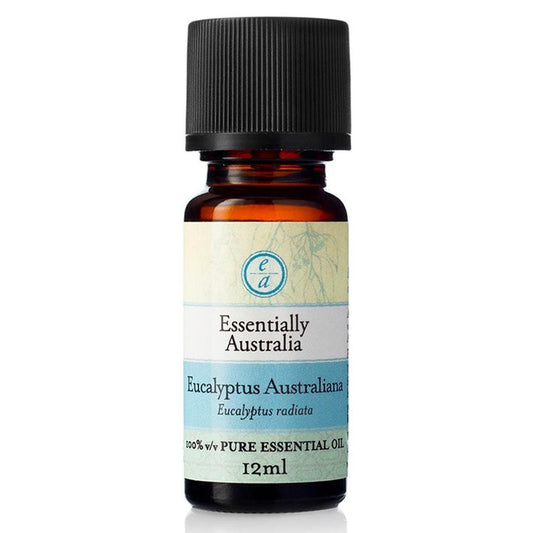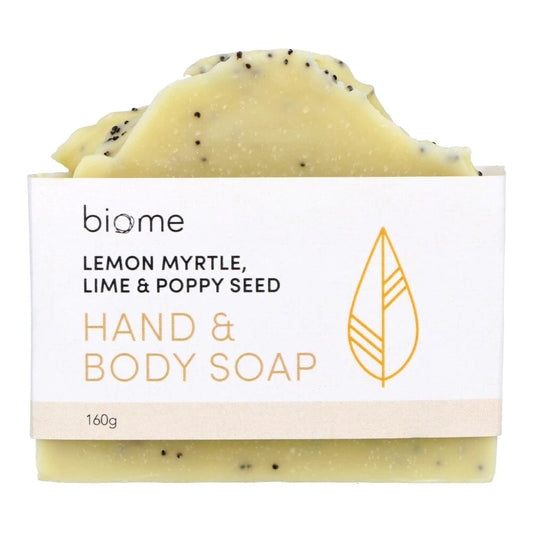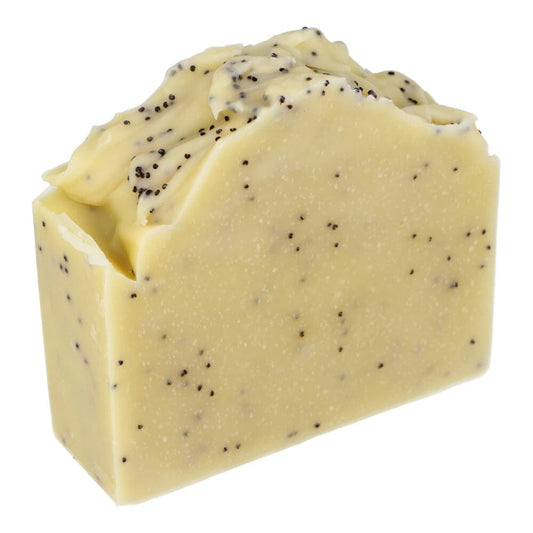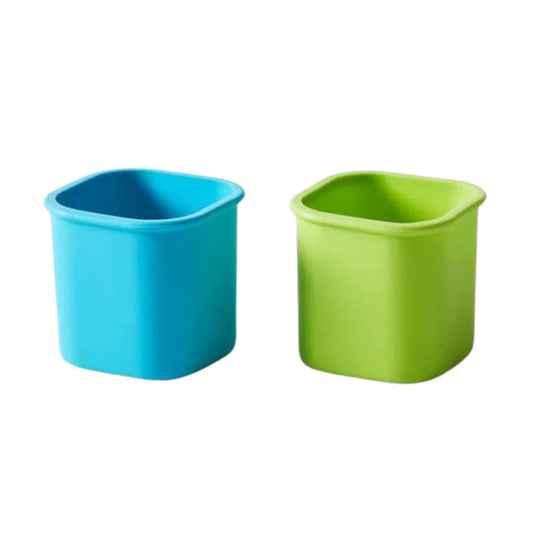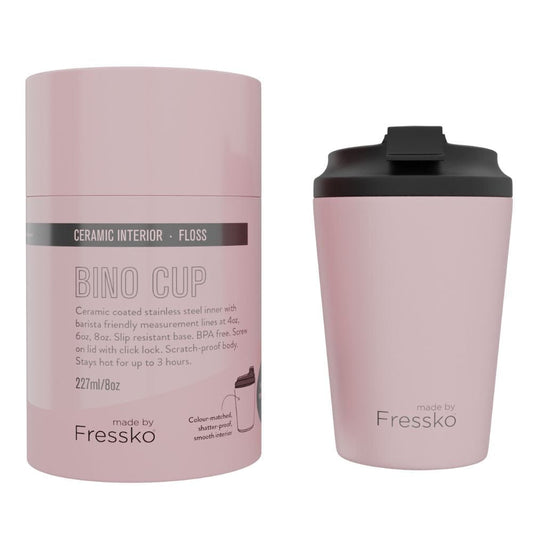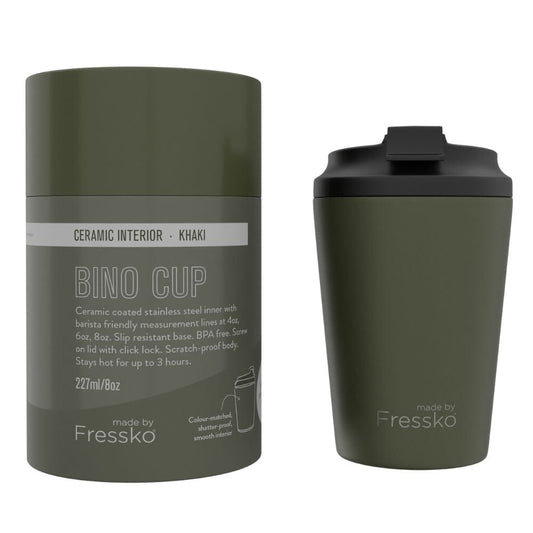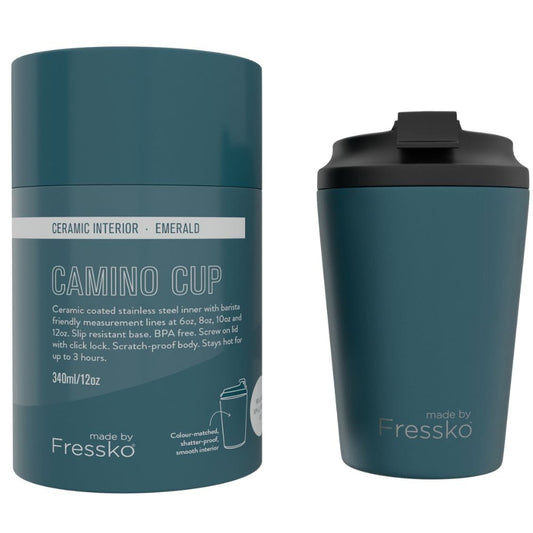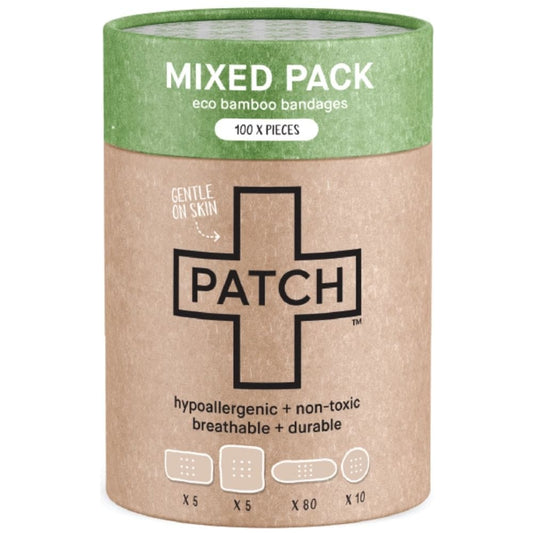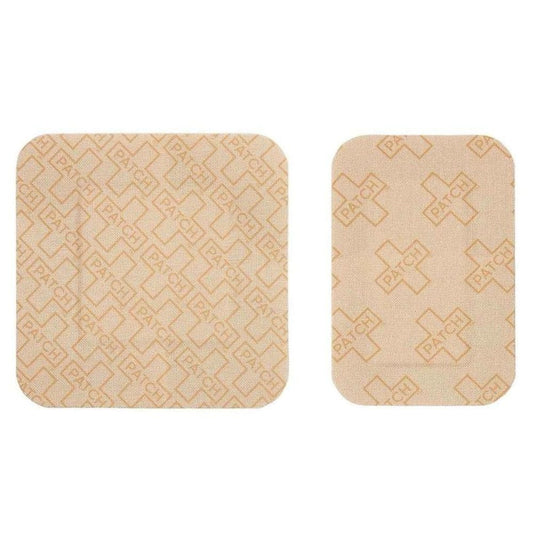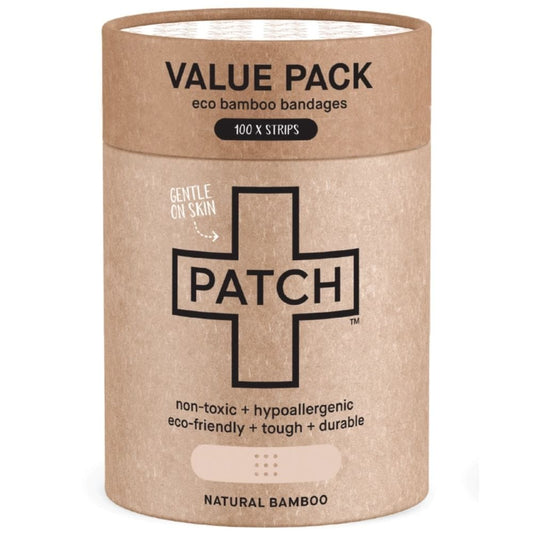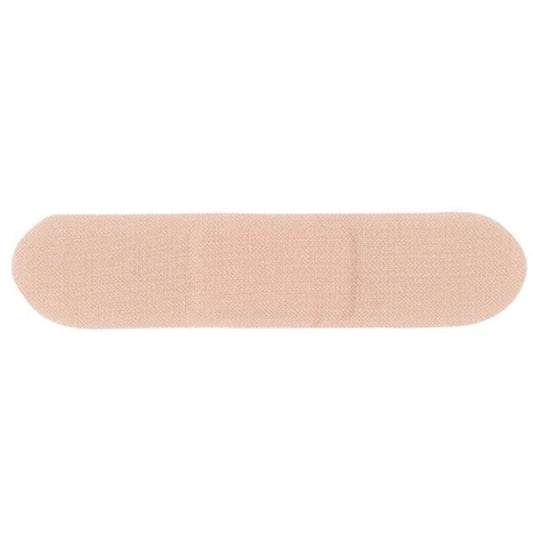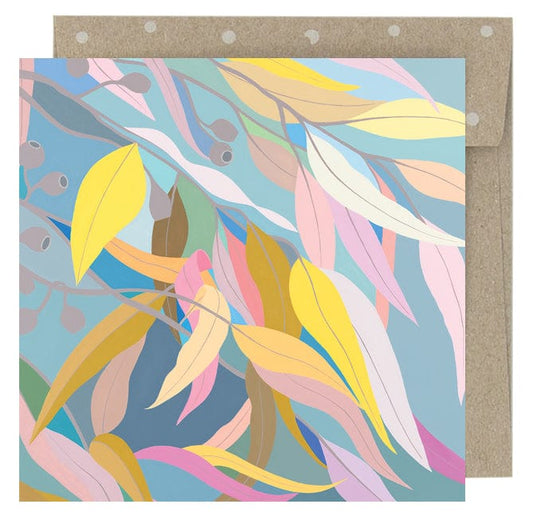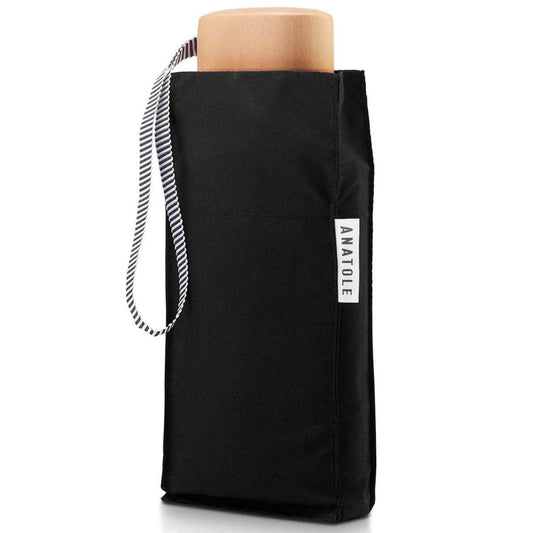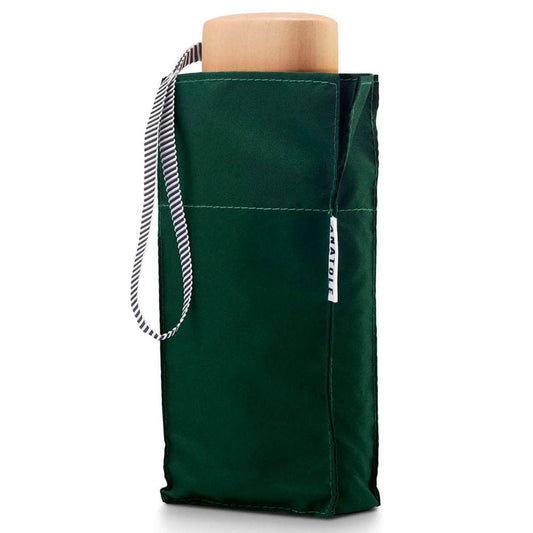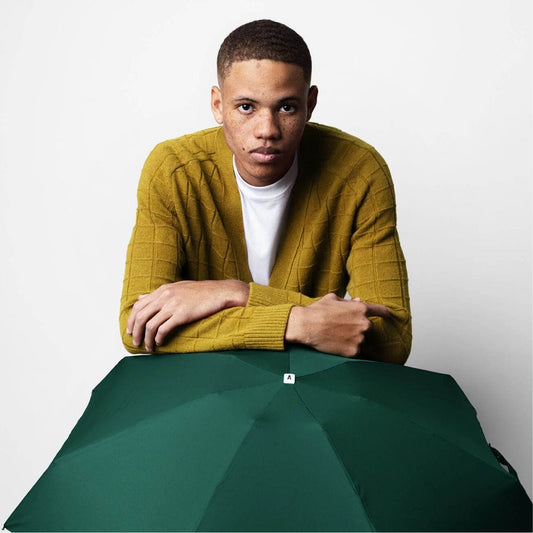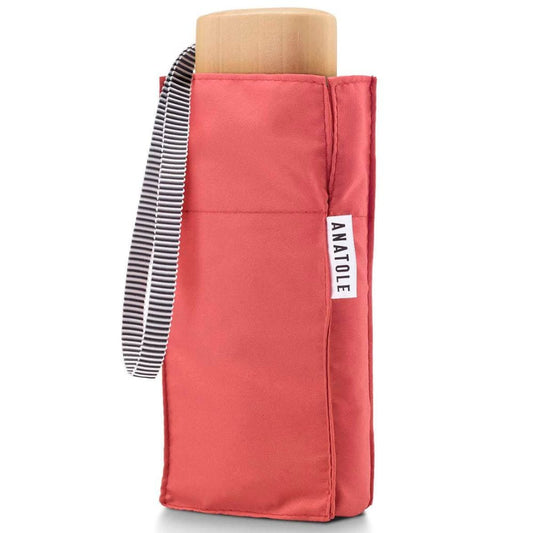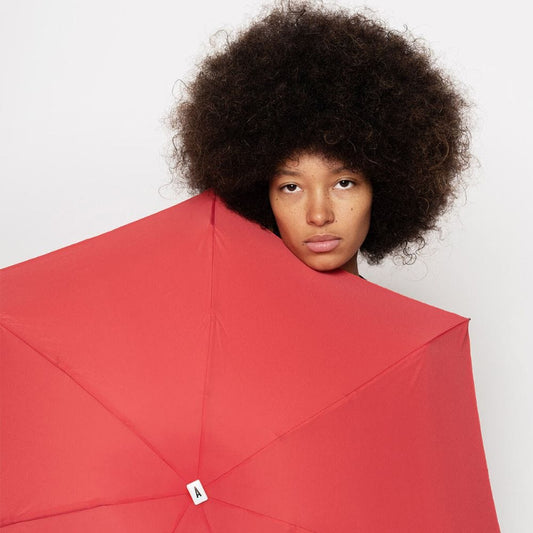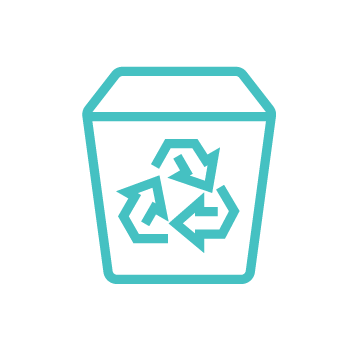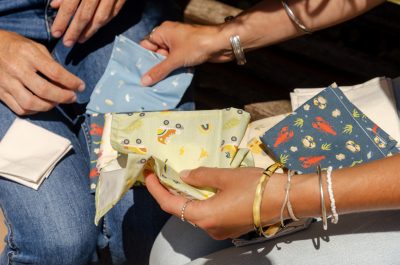
The Paris Agreement has scared everyone into action - and for good reason. Both businesses and consumers alike are starting to make environmentally conscious choices, whereas before there just wasn't enough understanding or motivation to opt for more sustainable decisions. But sometimes it's hard deciphering whether a brand is sustainable or if there is fine print in the clause stating they are only ‘semi-sustainable', and it's really just a marketing ploy! But here is the thing, we only stock brands that are fully sustainable and Biome's very own Founder and Director,
Tracey Bailey, personally finalises these sustainable components. But we want to share with you how you as a consumer can look at a brand and see whether you are buying products that are of high quality and have zero implications on ethics or the environment. Here is what we'll go through:
- What makes a brand sustainable?
- How to know if a brand is sustainable
- How can brands be more sustainable?
- What brands are sustainable?
What makes a brand sustainable?
A sustainable brand can mean two things.
- That a brand is profitable, efficient and cohesive in its practices and staffing
- A brand is not purely built for the consumer or monetary gain; rather it is there to offer a product or service alternative that doesn't involve negative repercussions ethically or environmentally.
Obviously, the latter is what we are talking about in this article. And it is imperative to talk about because the fact is, any brand can claim they are sustainable. Most wouldn't because sometimes it's very easy to tell if someone is sustainable or not, especially if plastic seems to dominate their material choice. But the scary thing is, in some circumstances, it's not so obvious.
 How can you, as a consumer, know if a brand is sustainable - 5 Factors
How can you, as a consumer, know if a brand is sustainable - 5 Factors
So, how can you tell if a brand is sustainable? You need to look at the environmentally sustainable consumer checklist.
Let's deconstruct these elements a little further.
-
Products and Materials
The following products are environmentally unsustainable.
- Cotton
- Plastic (in general)
- Polyester
- Acrylic
- Nylon
If you see the above materials mentioned frequently or at all, you could almost guarantee that the brand you're perusing has a negative environmental impact. You want to look out for materials like
- Cork
- Bamboo
- Hemp
- Recycled certified organic cotton
- Repurposed wood
- Repurposed Metal
Whether its sustainable (slow) fashion, building materials, furniture or general products you use around the office, it's always important to understand the impact of the products and materials that have been utilised.
-
Details and Honesty
-
 If brands are claiming that they are sustainable with little effort to justify how they are, it is most likely a deception. Most sustainable brands politely insist on emphasising how their brand or product is sustainable because the truth is, society and consumerism have made it easier and cheaper to create unsustainable products, and it takes commitment and additional costs to create something that isn't going to damage the environment.
If brands are claiming that they are sustainable with little effort to justify how they are, it is most likely a deception. Most sustainable brands politely insist on emphasising how their brand or product is sustainable because the truth is, society and consumerism have made it easier and cheaper to create unsustainable products, and it takes commitment and additional costs to create something that isn't going to damage the environment.
-
Certification
Look for sustainable certifications from trustworthy organisations.
If the brand hasn't got any sustainable certificates, they haven't officially been deemed a sustainable brand. This doesn't mean they aren't, but it does require a leap of faith from you to trust that they aren't making false claims. By combining the above and below elements, you could find out in other ways.
-
Travel and Packaging 
A brand must consider its impact long after it has left the warehouse. How far does it have to travel, is the packaging biodegradable, and are the companies delivering their goods practising sustainability?A good way to find out more details on their travel and packaging impacts is to investigate their shipping page. Hopefully they have considered this as a vital detail to communicate to the consumer, and it is written right then and there on the product page or collection but these insightful components are often missed out.
-
Is Brand Active in Community Change Projects and Charity
Leading by example and setting the standard for brands is a commendable and necessary achievement. But is it enough? We find that brands with the most passion show it not just on their website but in their actions. Brands that are involved in community engagement and advocacy for the environment are going above and beyond and in our eyes we must be proactive in doing more.If you're looking for ideas on how you can get involved in community engagement, head to ‘Our Impact' page. From community clean-ups and fundraisers to advocating against toxic materials and products, every voice heard is a step closer to change no matter the weight of your influence.
How can brands be more sustainable?

If you're a brand owner and you're looking for a strategy or even just a few tips on how to make your brand more sustainable, look at your
Products and Materials,
Detail and Honesty mentioned on the website,
Sustainability Certifications, the impact of your
Travel and Packaging and the brand's
Community Engagement Projects and Charity. Becoming sustainable without a direct pathway in place is complicated. Sometimes speaking to an Environmental Consultant can shortcut your progress by months, and it could end up saving you unnecessary costs.
Here is a list of sustainable brands
We stock over 500 sustainable brands. If you'd like to take a look at the complete list, jump through to our
Brands Page. We hope our article on how to know if a brand is sustainable will help you in your future endeavours and purchase decisions. If it's slow fashion you're after, we'd love to show you the stunning collections from a heap of sustainable brands we have on offer. Check it out -
Slow Fashion.
 The Paris Agreement has scared everyone into action - and for good reason. Both businesses and consumers alike are starting to make environmentally conscious choices, whereas before there just wasn't enough understanding or motivation to opt for more sustainable decisions. But sometimes it's hard deciphering whether a brand is sustainable or if there is fine print in the clause stating they are only ‘semi-sustainable', and it's really just a marketing ploy! But here is the thing, we only stock brands that are fully sustainable and Biome's very own Founder and Director, Tracey Bailey, personally finalises these sustainable components. But we want to share with you how you as a consumer can look at a brand and see whether you are buying products that are of high quality and have zero implications on ethics or the environment. Here is what we'll go through:
The Paris Agreement has scared everyone into action - and for good reason. Both businesses and consumers alike are starting to make environmentally conscious choices, whereas before there just wasn't enough understanding or motivation to opt for more sustainable decisions. But sometimes it's hard deciphering whether a brand is sustainable or if there is fine print in the clause stating they are only ‘semi-sustainable', and it's really just a marketing ploy! But here is the thing, we only stock brands that are fully sustainable and Biome's very own Founder and Director, Tracey Bailey, personally finalises these sustainable components. But we want to share with you how you as a consumer can look at a brand and see whether you are buying products that are of high quality and have zero implications on ethics or the environment. Here is what we'll go through:
 How can you, as a consumer, know if a brand is sustainable - 5 Factors
How can you, as a consumer, know if a brand is sustainable - 5 Factors If brands are claiming that they are sustainable with little effort to justify how they are, it is most likely a deception. Most sustainable brands politely insist on emphasising how their brand or product is sustainable because the truth is, society and consumerism have made it easier and cheaper to create unsustainable products, and it takes commitment and additional costs to create something that isn't going to damage the environment.
If brands are claiming that they are sustainable with little effort to justify how they are, it is most likely a deception. Most sustainable brands politely insist on emphasising how their brand or product is sustainable because the truth is, society and consumerism have made it easier and cheaper to create unsustainable products, and it takes commitment and additional costs to create something that isn't going to damage the environment.
 If you're a brand owner and you're looking for a strategy or even just a few tips on how to make your brand more sustainable, look at your Products and Materials, Detail and Honesty mentioned on the website, Sustainability Certifications, the impact of your Travel and Packaging and the brand's Community Engagement Projects and Charity. Becoming sustainable without a direct pathway in place is complicated. Sometimes speaking to an Environmental Consultant can shortcut your progress by months, and it could end up saving you unnecessary costs.
If you're a brand owner and you're looking for a strategy or even just a few tips on how to make your brand more sustainable, look at your Products and Materials, Detail and Honesty mentioned on the website, Sustainability Certifications, the impact of your Travel and Packaging and the brand's Community Engagement Projects and Charity. Becoming sustainable without a direct pathway in place is complicated. Sometimes speaking to an Environmental Consultant can shortcut your progress by months, and it could end up saving you unnecessary costs.


